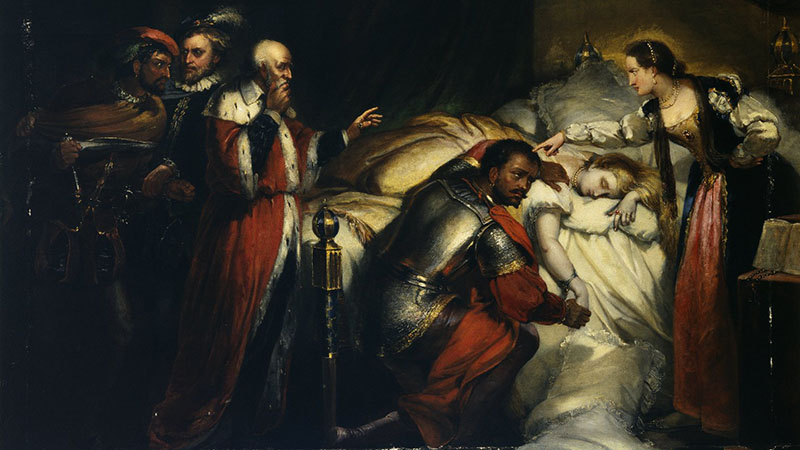Grady, Kyle. "Journaling through questions of race." Throughlines. www.throughlines.org/suite-content/journaling-through-questions-of-race. [Date accessed].
Journaling through questions of race
Helping students track how their understandings of race develop over time.

I routinely ask my students to keep a journal. As difficult as it can sometimes be for students to discuss race in the classroom, they have also rarely been asked to take note of and reflect on their own experiences, beliefs, and questions when it comes to race and racial difference. The journal is a place where students can engage in dialogue with themselves. I find this kind of reflection essential, not only for fostering a more open classroom conversation, but also as a way for students to track how their understandings about issues of race develop over time.
In addition to take-home prompts, I dedicate class time throughout the term for students to reflect in their journals. Prompts generally ask students to work through their own experiences or understanding as a way into a particular early modern play. They can be either open-ended or more specific, depending on the week’s lesson.
Before beginning Titus Andronicus, for example, I ask students to spend ten minutes journaling about their thoughts on mixed-race identity. I give some framing questions—for example, where and how do you see mixed-race identity represented in the world around you?—but I remind students to take the initial prompt in whichever direction is most generative. As much as possible, I want students to follow, catalogue, and interrogate their own thoughts.
Even for more specific prompts, I tell students to free-write when they feel stuck. When asking students to write about how and where they see different essentializing discourses overlapping in the world around them—a prompt I generally employ later in the term, and one that helps inform analysis of a play like The Merchant of Venice—I explain that not every person will immediately have an example to work from. For those students, it might be helpful to instead reflect on why they find the prompt difficult to respond to, or, more generally, what thoughts the prompt immediately brings to mind.
I keep a journal and reflect alongside my students. This practice is about more than modeling the importance of dedicated self-reflection. I follow my own prompts, think through how a lesson plan relates to a project I’m working on, and reflect more broadly on how our classroom conversation has impacted my understanding of different issues. I also share with my students how the writing process has helped me think about a given topic. Engaging in this practice helps me track just how much my thinking benefits from teaching and from being in dialogue with my students.
I do not collect students’ journals. I find it is important that students have a place to write and think about race without the pressure of assessment. This also encourages students to work through ideas that aren’t fully formed or are more personal. It’s not uncommon for students to see questions or issues they weren’t comfortable raising outside of their journal emerge in classroom discussion. Whether or not those students then join the conversation—and they often do—they can track the class’s dialogue relative to what they’ve been thinking through in their journal.
Further learning
Recommended

Othello and Othello and Othello
Beginning with the play’s earliest performance, we study Othello from various critical perspectives through close analysis of the play-text and adaptations on film and stage. For several weeks students read the text of the play slowly and closely, paying particular attention to Shakespeare’s use of language, metaphor, genre, and dramatic form.


-PaintingAaronMoor-After%201786.jpg)



%20(early%20XV%20century)-Fragmentretableformer-Ca%201425.jpg)

